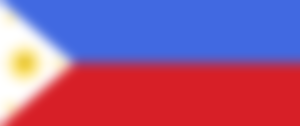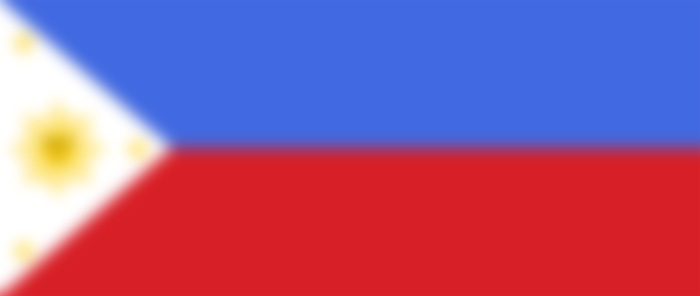The Declaration of Independence of the Philippines was proclaimed on June 12, 1898, at Cavite II el Viejo (the current Rock, Cavite), Philippines. The public read (Spanish: Acta de la proclamación de independencia del pueblo Filipino) written by Ambrosio Rianzares Bautista. The Philippine revolutionary force under General Emilio Aguinaldo proclaimed the independence and sovereignty of the Philippine archipelago from Spanish colonial rule.
History and Experience
The Philippine Revolution began in 1896. In December 1897, the Spanish government and the revolutionaries signed an agreement, the Biak-na-Stone Agreement, which required Spain to pay 800,000 pesos to the revolutionaries and deport Aguinaldo and others. more leaders in Hong Kong. In April 1898, when the Spanish-American War broke out, Commodore George Dewey sailed through the U.S.S. Olympia from Hong Kong to the Look of Manila and led the arrival of the Asiatic Squadron of the American Navy. On May 1, 1898, the United States conquered Spain in the Battle of Manila. Emilio Aguinaldo decides to return to the Philippines to assist the American army against Spain. The US Navy agreed to take him aboard the USS McCulloch, and on May 19, he arrived in Cavite.
The June 12 announcement


Independence was declared on June 12, 1898, between four and five pm in Cavite at the home of General Emilio Aguinaldo, 30 kilometers south of Manila. The event saw the launch of the National Flag of the Philippines, performed in Hong Kong by Marcella Agoncillo, Lorenza Agoncillo and Delfina Herboza, and the Marcha Filipina Magdalo play as the national anthem, now known as the Nominated Country, which was written by Julian Felipe and played by the band San Francisco de Malabon.
The Declaration of Independence was prepared, written and read by Ambrosio Rianzares the Baptist in Spanish. The proclamation was signed by 98 people, including an American army officer who witnessed the proclamation. The last paragraph states that there was a "stranger" (Spanish-speaking, foreigner) in attendance, Mr. L. M. Johnson, who was described as "a citizen of the U.S.A., a Colonel of Artillery". But the Declaration of Independence of the Philippines came into force only on August 1, when more towns were formed under the rules laid down by General Aguinaldo's Dictatorship.
Later, in Malolos, Bulacan, the Malolos Congress reversed the announcement because of Apolinario Mabini's insistence that he opposed the original proclamation stating that the Philippines was placed under the protection of the United States.
Struggle for independence
Neither the United States nor Spain cared about the announcement.
Later, in 1898, Spain granted the Philippines to the United States under the Paris Agreement of 1898 which ended the Spanish-American War
. The Philippine Revolutionary Government did not care about the treaty or American sovereignty, and fought against the United States but they were defeated. They were initially recognized by American forces as, at the time, official "Philippine Insurrection" but later also called the Philippine-American War, which culminated in the capture of Emilio Aguinaldo by the American troops, and declared his recognition and acceptance of U.S. sovereignty over the Philippines. This was followed on July 2, 1902, when the United States War Secretary Elihu Root sent a telegram, ending the insurgency against America and establishing provincial civil governments in almost every area except the occupied areas. of the Moro tribes. However, small rebellions also occurred in the following years.
After World War II, the United States also granted Philippine Independence on 4 July 1946 by the Manila Agreement. In the Philippines, Independence Day is celebrated from June 4 to 4 August 1964, through the suggestions of historians and nationalists, President Goddado Macapagal signed the Republic Act No. 4166 which sets June 12 as the country's Independence Day. Earlier, June 12 was celebrated as the Flag Day and many government buildings were encouraged to flag the Philippine Flag in their offices.
The current location of the Expression
The Declaration is currently in the care of the National Library of the Philippines. [1] He is not publicly available, but may be viewed with authorization, as are other documents in the National Library's care. During the outbreak of the Philippine-American War, the American government obtained about 400,000 historical documents and sent them to the United States.
In 1958, these documents were distributed to the Philippine government, including two sets of microfilm throughout the collection, in which one set was in the care of the U.S. Federal Government.
In the late '80s or' 90s, the Declaration was stolen from the National Library. Due to the widespread investigation of the theft of historical documents and the appeal of public appeals to restore them, the Declaration was returned to the National Library in 1994 by Milagros Guerrero, a professor of the University of the Philippines.


Araw ng kalaayan mahalagang malaman naten Ito